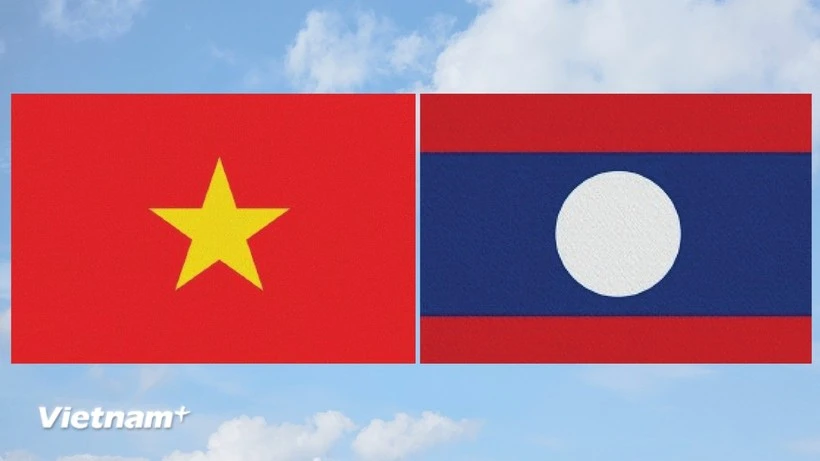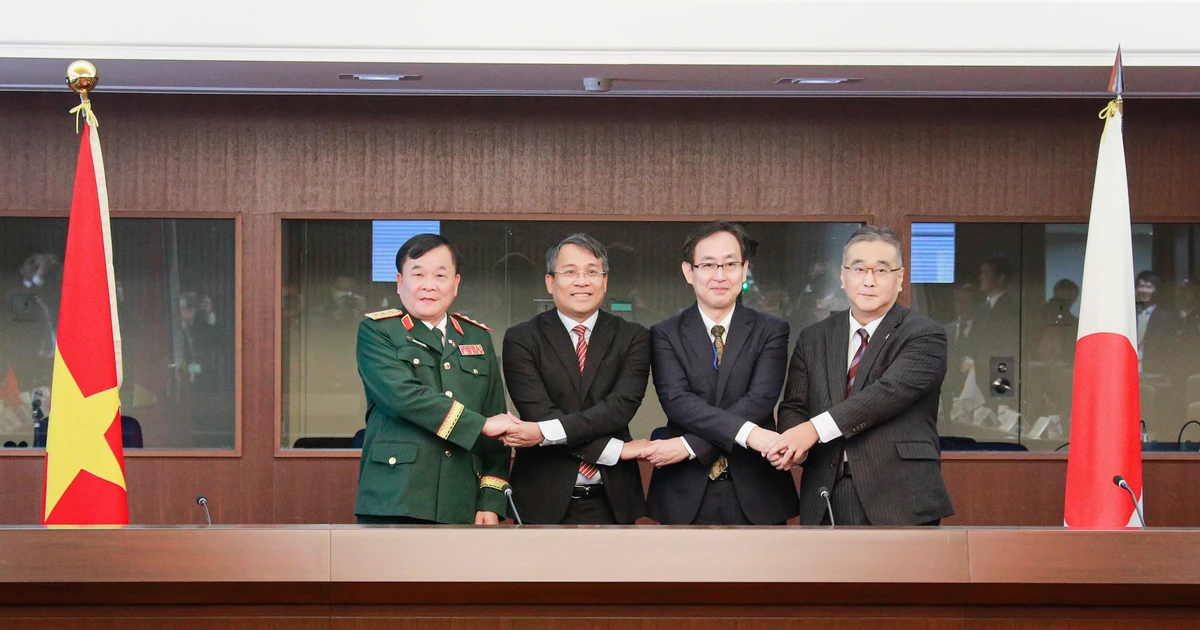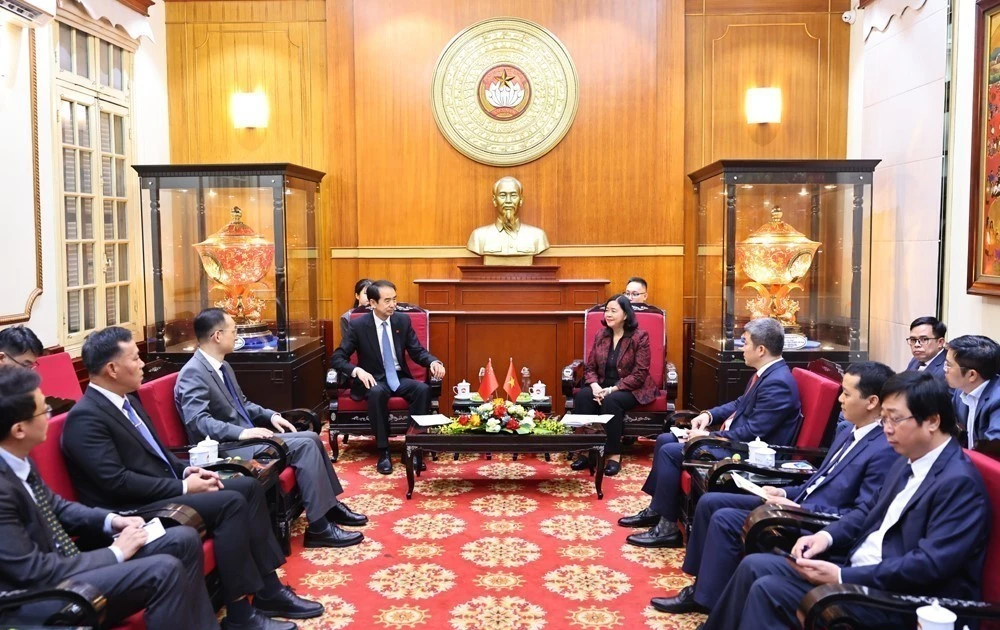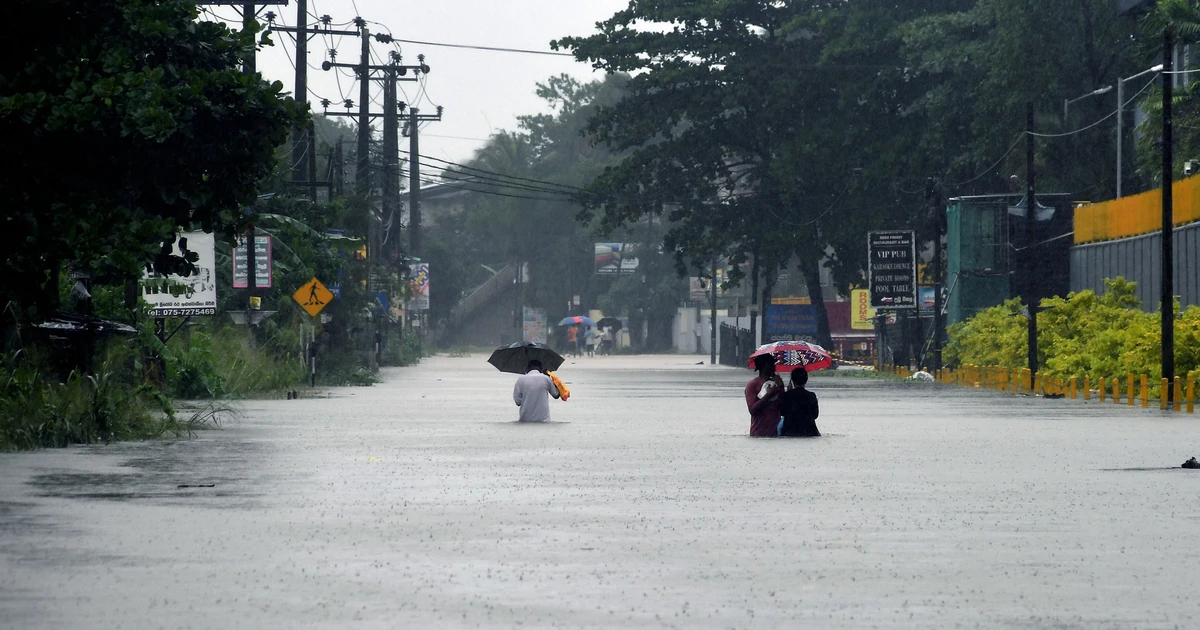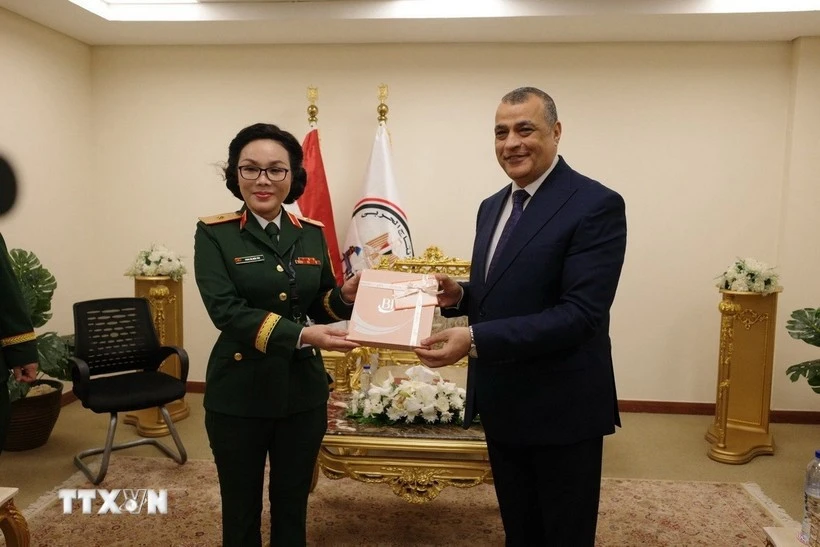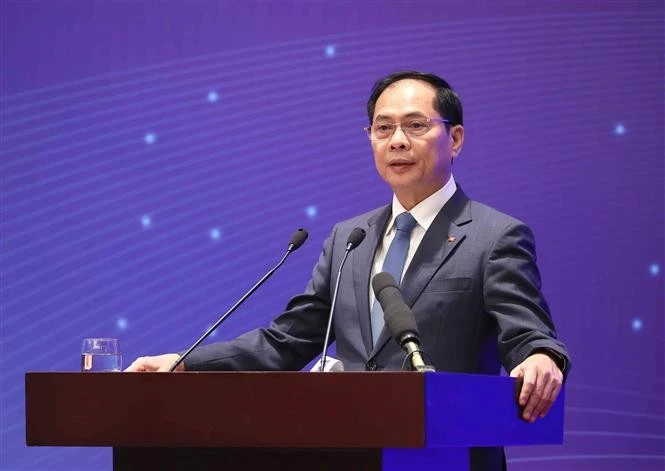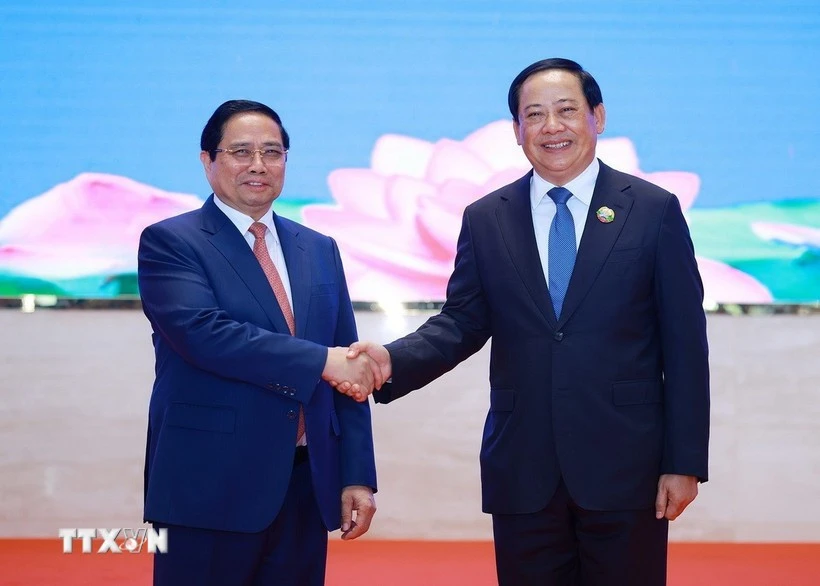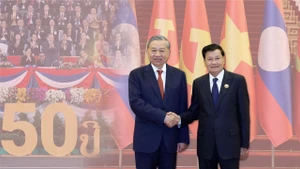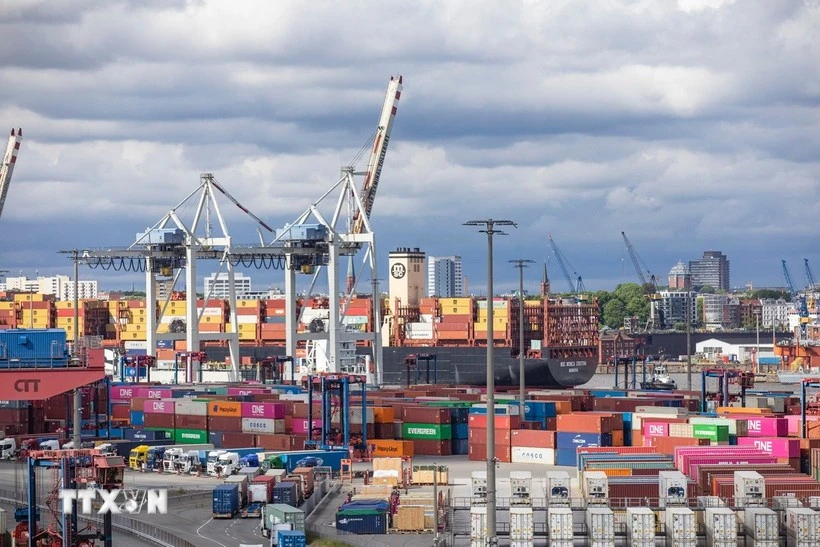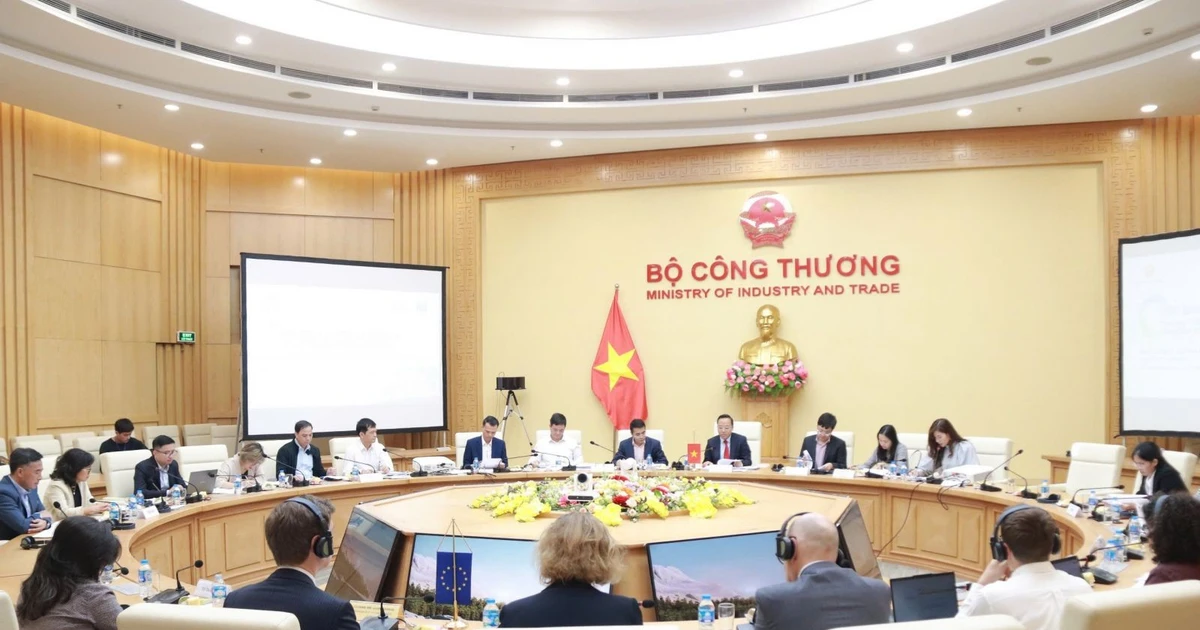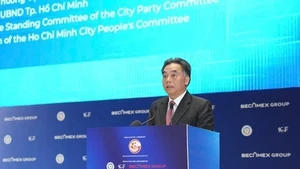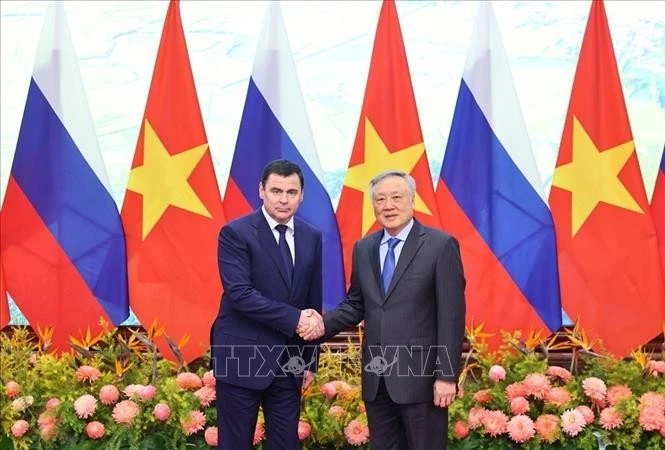In his opening remarks, Lieutenant General Pham Dang Khoa, Director of the Viet Nam Immigration Department, emphasised that the Comprehensive Strategic Cooperative Partnership and joint efforts to build a "Viet Nam–China Community with a shared future that carries strategic importance have enhanced bilateral exchanges and cooperation between the two countries.
Both governments have promoted the application of science and technology in immigration management and adopted more open policies to facilitate travel between the two countries, he noted.
However, he held that this greater openness has also led to a surge in cross-border traffic at the Viet Nam–China border gates, accompanied by a rise in immigration-related violations, particularly illegal entries and exits along land border routes.
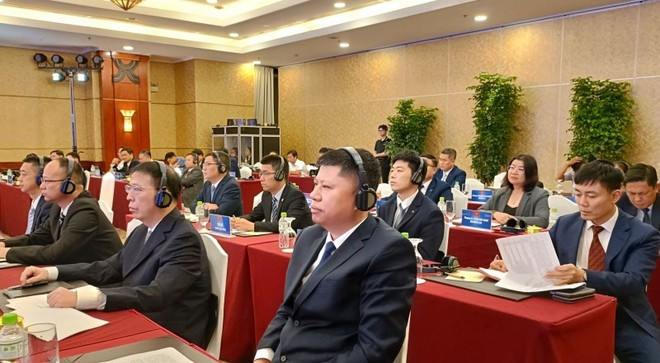
Reporting at the conference, Sen. Lieut. Colonel Phan Huy Van, Deputy Director of the Ho Chi Minh City Department of Public Security, said that since the beginning of 2025, the city has recorded over 4.2 million foreign temporary residence declarations, with more than 168,000 foreigners currently residing in the city, including over 64,000 Chinese nationals.
Taking advantage of this bustling environment, criminal groups have turned the city into a transit point. The municipal police have detected 146 illegal entries and exits involving 431 individuals, including 195 Chinese nationals. Legal proceedings have been initiated for 14 cases involving 42 suspects, he added.
Notably, the police discovered cases where offenders used ambulances to transport illegal migrants and made payments through multiple intermediary accounts to conceal their activities. In addition to traditional northern border routes such as Lang Son and Lao Cai, new illegal migration routes have emerged from Cambodia, often originating in Cambodia's Svay Rieng province, through trails in An Giang, Tay Ninh and former Kien Giang provinces into Ho Chi Minh City, before going northward toward China. A representative from the Chinese delegation noted that border management between the two countries has become increasingly effective, with joint campaigns on migration awareness and crackdowns on illegal crossings.
However, he stressed that this type of crime has become more complex, expressing a hope that both sides would continue to enhance coordination, information exchange and contact mechanisms to deepen their cooperation.
Participants agreed that the conference is a concrete step forward in strengthening cooperation between Viet Nam’s Ministry of Public Security and China’s National Immigration Administration.
Tighter border security management, the participants affirmed, not only helps maintain national security and social order in each country, but also creates a safer environment to promote trade, tourism and people-to-people exchanges between Viet Nam and China.

